SMSL DO300 Balanced DAC – Perpetual Upgrade Of S.M.S.L
SMSL DO300 $549 USD is a high-end DAC for desktop systems with ES9039MSPRO DAC Chips from ESS, MQA Hardware Decoding, a Full Function Remote, and with a built-in power supply. It also has Bluetooth 5.0 and 11 high-end Dual OP-AMPs. It will be compared to other high-end desktop DACs, including SMSL DO200 (469 USD), HIFIMAN EF400 (599 USD), Keces S3 (1300 USD), and Pro-Ject DAC BOX DS (430 USD).
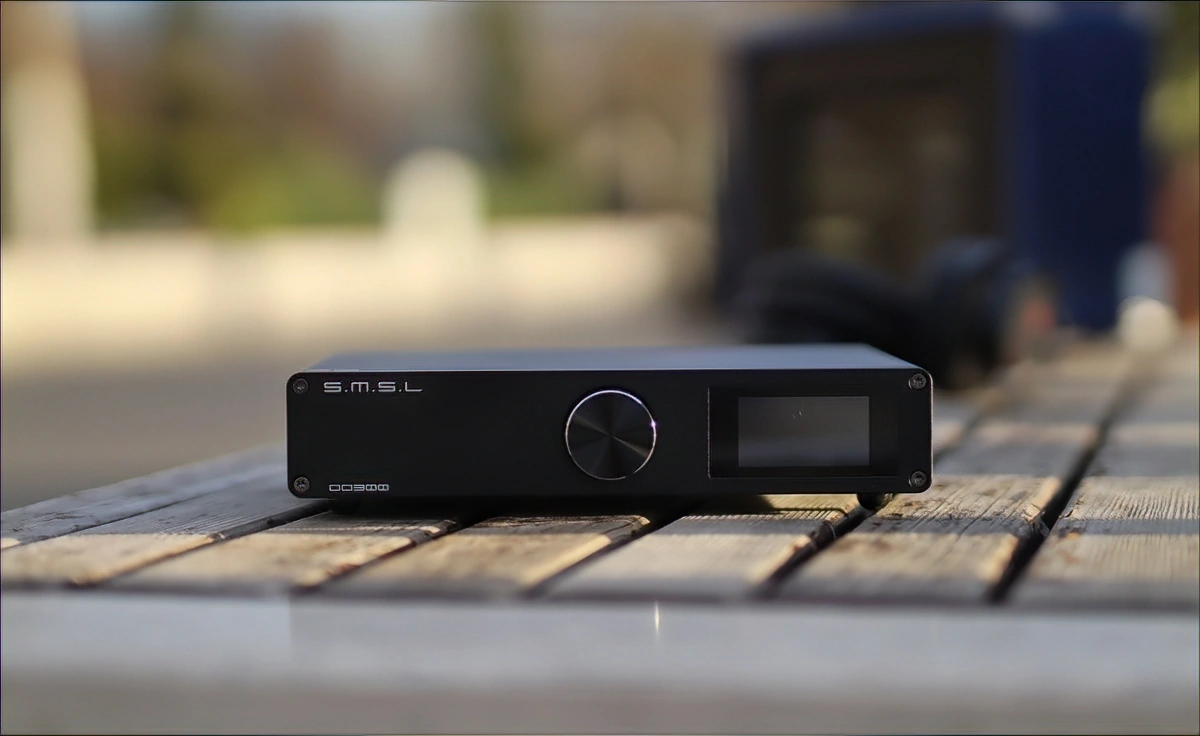
Introduction
SMSL is a brand mainly sold through Chifi Stores and it is a strong brand that is yet to disappoint anyone in any single way. I remember that the first time I tried reviewing one of their products, I was not such a big enthusiast, for example the old SMSL M100 MKII that I reviewed on video was cool, but not quite interesting enough to stay relevant. Things changed and now SMSL literally dominates the midrange / entry-level and slowly the high-end DAC market with the current releases, and the new DO300 promises so much that we’ll have to put it to the test and see what it is able to deliver and to what degree. If you want to learn about someone who surely delivers, that is AOSHIDA Store, the main store selling SMSL products, and the best store to purchase those from. AOSHIDA is not only available on their own website, but also on Amazon and Aliexpress, selling and fulfilling the needs of all music lovers, audiophiles and anyone who needs to explore music with a passion, and they have quick delivery rates, they take good care of their customers, honor warranties promptly, and are generally super pleasing to deal with. You can check out their outlets in the links throughout the review, if you’re curious to grab a SMSL product, or anything else from their rich product selection, especially of desktop audio components.
It should be noted that I have absolutely no affiliation with Aoshida. I’d like to thank Aoshida for providing the sample for this review. This review reflects my personal experience with the SMSL DO300 DAC. Every opinion expressed is mine and I stand by it. The purpose of this review is to help those interested in the SMSL DO300 DAC find their next music companion.
Product Link
You can grab one from www.amazon.com here: https://amzn.to/3YUpJvW
You can grab one from the official store here: https://aoshida-audio.com/products/smsl-do300
If you’re in the UK, you can grab one from www.amazon.co.uk here: https://amzn.to/3IMSqWi
And if you’re from Europe, you can grab one from www.amazon.de here: https://amzn.to/3knzBj2
Build Quality/Aesthetics
If you even just thrown a glance over my reviews of the DO200, DO200 MK II, or even AO200, you’ll notice that SMSL surely has a design language they’ve been following for all their DACs, and if you didn’t know from the title, you’d have no idea what you’re purchasing when going with one of their designs, as they literally all look the same. The front of the DAC is centered around a large volume wheel that has steps, and which you can turn indefinitely, and next to it is an IPS display. Surprisingly, while most DACs have a really poor quality for the display, DO300 has a super bright, colorful display. On the downside, it doesn’t have any effects or visualizations, and the main thing you’ll see there is the current data type (PCM / DSD / MQA), Data Rate, and current volume.
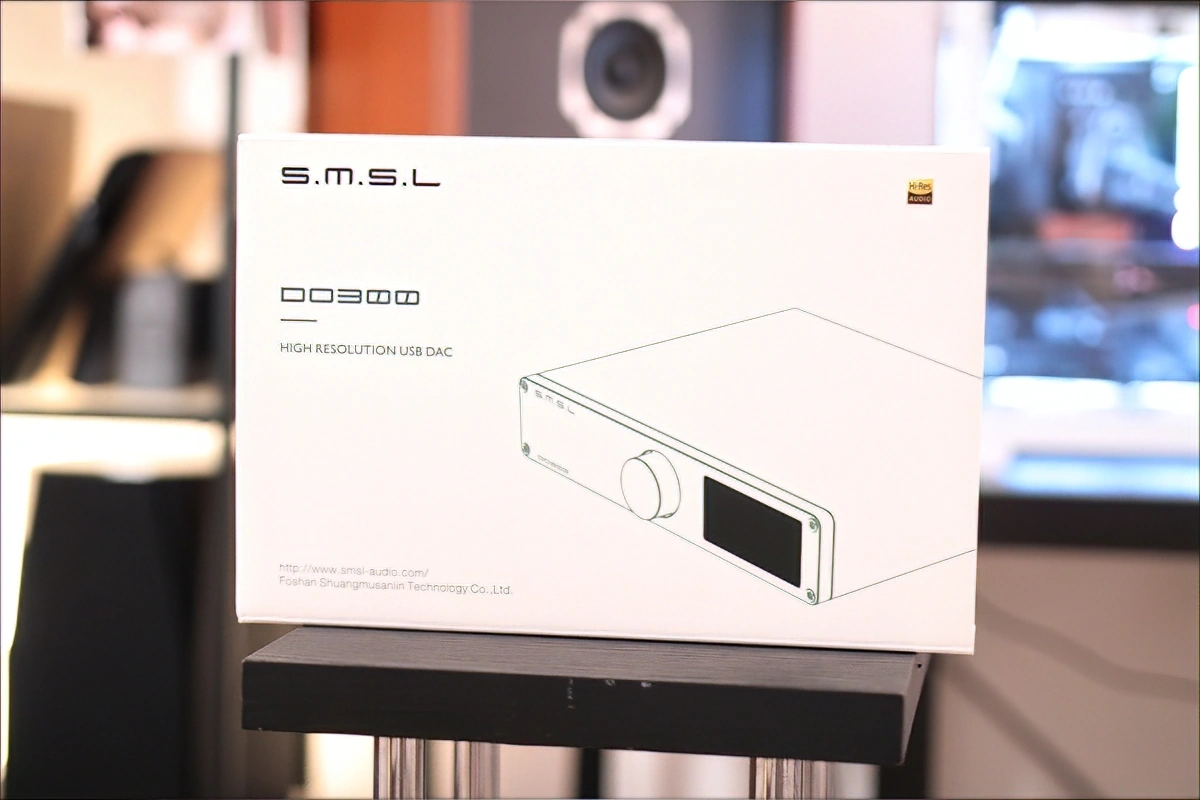
Speaking of which, the volume can be set to always be at maximum, or it can be variable, where it can go to zero, for dead on neutral, +2 dB (I actually don’t quite understand why you’d want it to plus something, as it would create extra noise), and it can go to minus -99.5dB, below which it turns to full mute. As SMSL is a pretty thoughtful company, you don’t need to be concerned with setting the volume with your hand, it comes with a fully functional remote that allows for multiple adjustments.
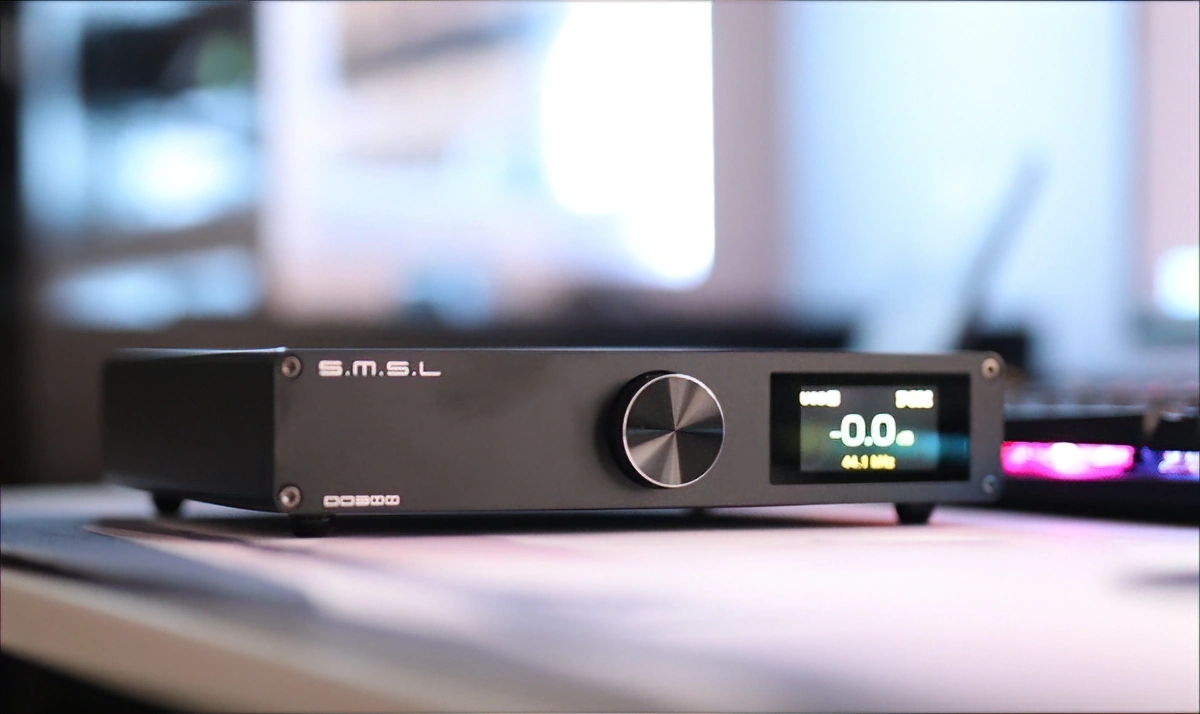
Speaking of what else you may adjust, DO300 comes with Balanced XLR and RCA outputs, and it can either output to one only, or to both at the same time. It also has a multitude of inputs, including I2S, AES / EBU, Coaxial, Optical, and USB. I used the USB Type-B Input the most. There’s also a little antenna, as DO300 has support for Bluetooth, including aptX, aptX HD, and even LDAC, making it one of those super high-end desktop DACs with a proper Bluetooth implementation.
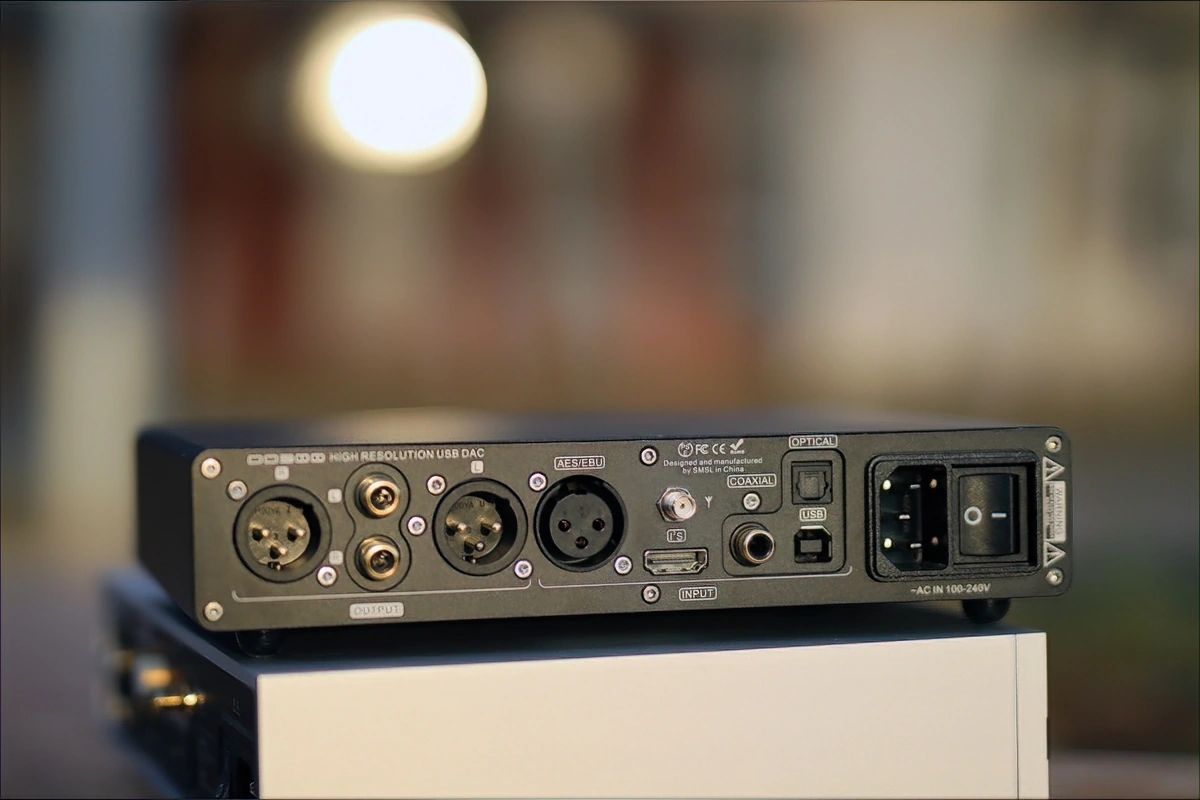
The unit is very solid, with a thick metallic Aluminum casing, it doesn’t seem to inherit any kind of noise from anywhere, it resists being placed on a router during the time multiple smartphones and laptops are connected to it, and has a very stable and reliable Bluetooth connection. DO300 falls short of being a full blown streamer, as it only has Bluetooth and no wifi or wired connectivity, the simplest way of using Tidal with it being by having tidal on your smartphone, and feeding the signal to DO300 via LDAC Bluetooth.
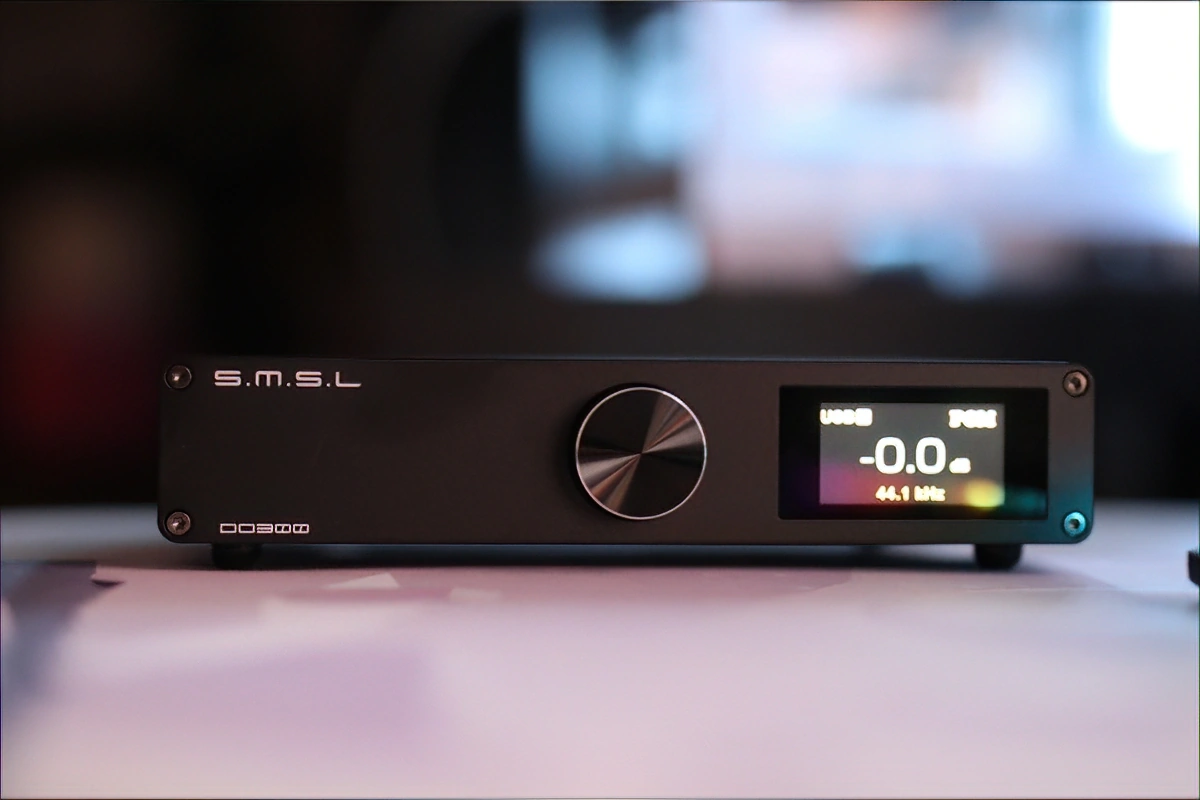
In my experience, you don’t need any drivers for Windows 10 or Windows 11, it is recognized instantly, and everything works perfectly. The power converter is inside of the unit, but it barely gets warm, it consumes very little power during idle or during usage, and it is super efficient (like most DACs are). What DO300 has unique and different from most DACs, is the DAC chip heart, which is the ESS ES9039MSPRO Chip, XMOS XU316, and MQA Hardware decoding abilities. While I scarcely use MQA, as most of my albums are not available in the format, I find it convenient to have it for those times you want to explore some tidal MQA remasters. The official page offers high praise to the MQA format, and I like the idea, but the number of albums I can find in MQA is around 10 from everything I actually listen to and enjoy, so until most bands will be available in the format, it is like DSD, a boutique experience, one which I won’t let force me change my music style and habits. The Clock inside of the unit is a high-end CK-03 Processing Circuit, and the power supply is very good, as I can’t really hear any noise with having DO300 connected to the same outlet as my PC, TV, external hard disk, smartphone power bricks, speaker amplifier, and everything else.
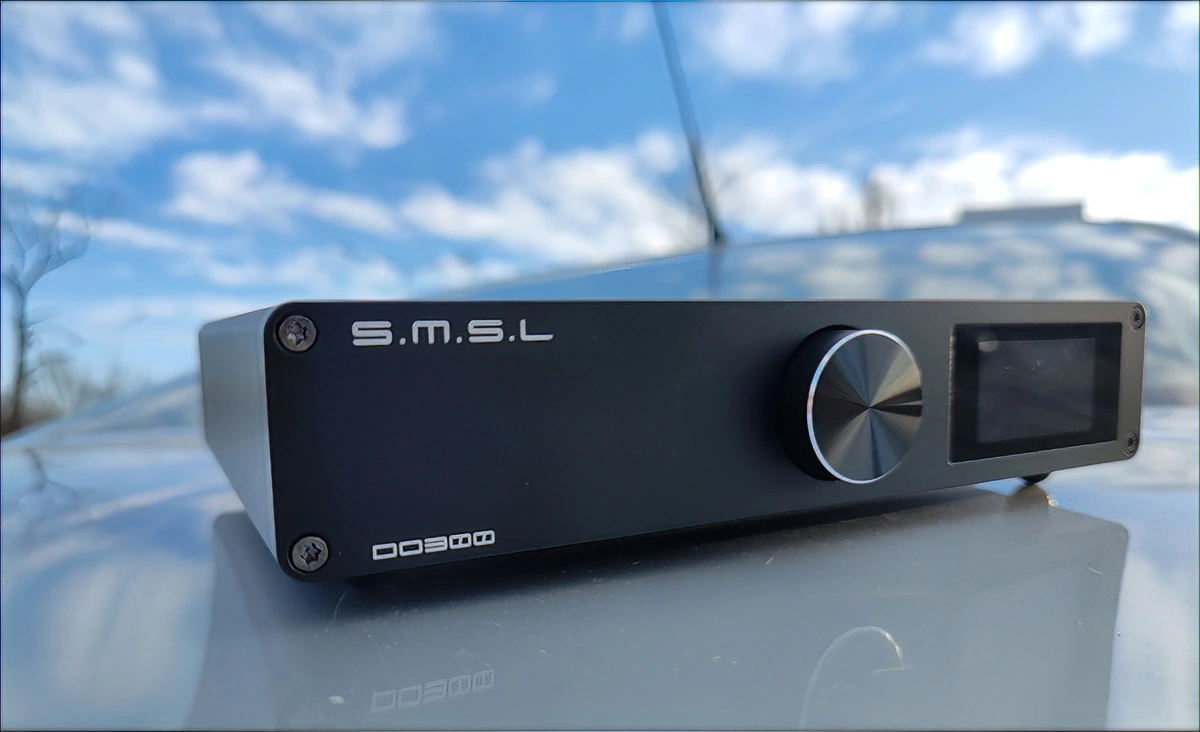
You should keep in mind that I try to test everything I have as hard as I can to make sure there’s no noise I should tell you about, as I doubt most folks would have an outlet just for the DAC, or keep it in a different room from the wifi router, especially as it has Bluetooth functions. Speaking of the Bluetooth function, i plan on making a larger article on Bluetooth, but it is important to keep in mind that if you have the router in between the DAC and your bluetooth source, the signal can become weaker (this is named network congestion), and the data rate mai fail lower, this is how Bluetooth works in general.
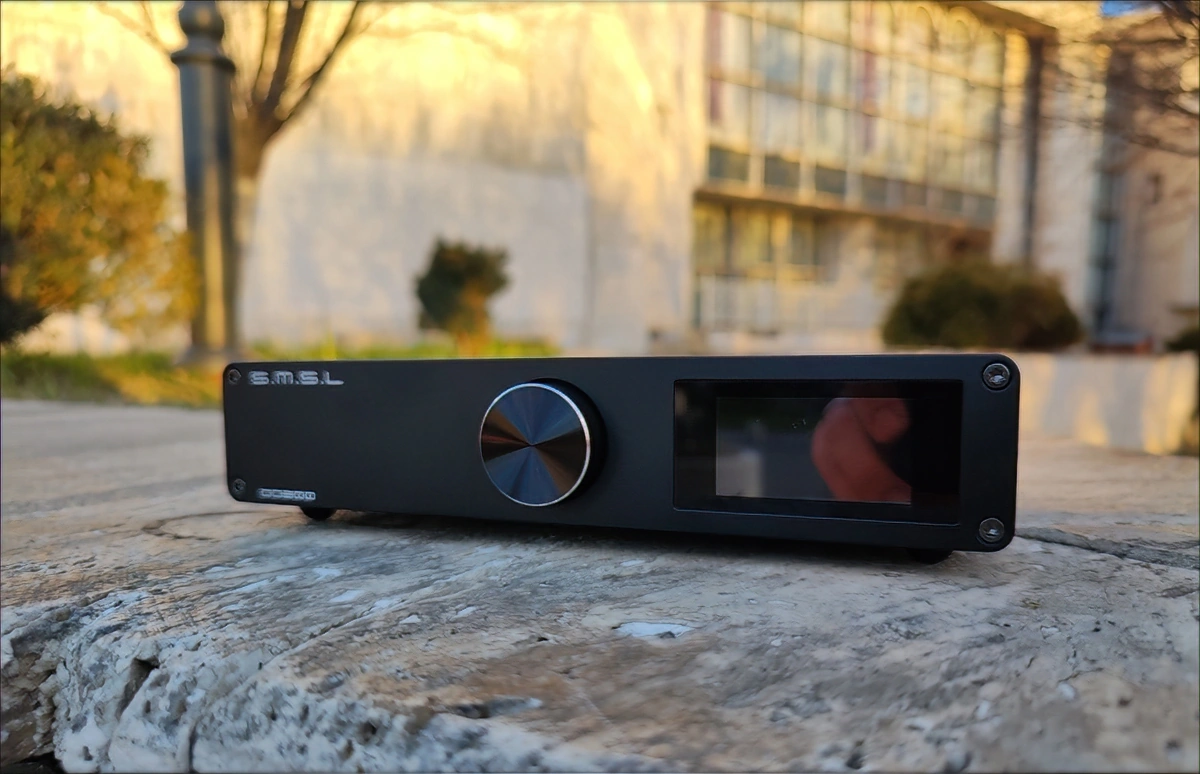
For the geeks in us, the Dynamic range is incredibly high, at 134dB for the XLR output, and 128dB for the RCA output. The SNR / Signal to Noise Ratio is 134dB for the XLR output, and 127 dB for the RCA output. Those are very high numbers, and it will be interesting to see how it actually sounds like when implemented in a system.
Sound Quality
Starting with the setups used to test the mighty DO300, I have my trusty speakers, KLH Model Five and NHT C3, both of which were used, in a combination with AMPs, including Cyrus One Cast, SMSL AO200, and Burson Funk. I also tested DO300 with headphone AMPs, including Rebel AMP, Feliks Echo MK2, and Violectric HPA V340, paired with HIFIMAN HE1000 V2, OLLO S4X, Audeze LCD-5, and iBasso SR2. I did all of those tests to see whether noise is audible with certain setups, and to get a better idea of what characters belong to DO300, and what comes from other pieces of equipment in my listening chain.
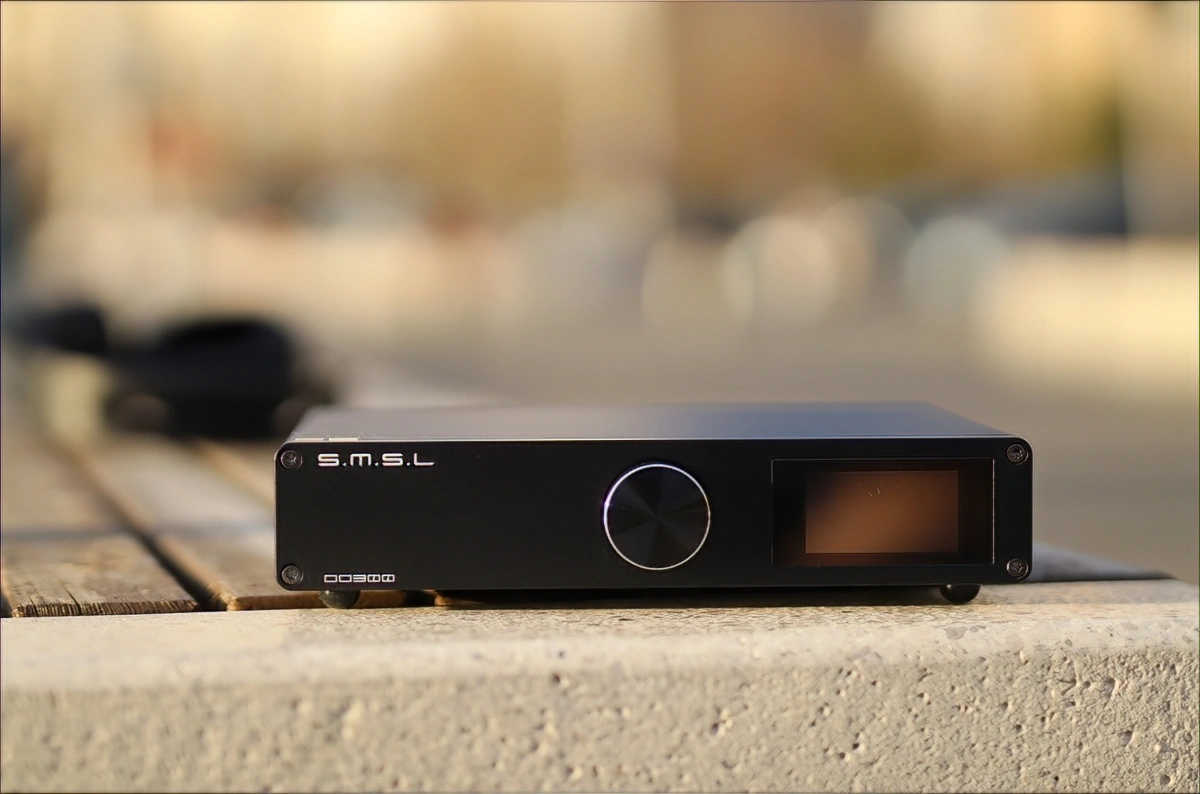
The signature of DO300 follows a similar path to other SMSL DACs and products, and it feels like there is one engineer who knows what they want, and would stop at nothing to actually do it. The sound is really clean, natural, and smooth, with the midrange being the central element, and with the ends, both the bass and the treble, becoming smoother the closer you get to the edge, without rolling off or decreasing in quantity. This takes away some of the maximum impact that would theoretically be possible, but gives the effect of music sounding super musical and pleasing, with no hard edges and no fatigue, yet with superb clarity and a nice amount of detail, a wide and holographic soundstage, and with a really nice liquid presentation that’s not just easy on the ears, but makes you listen more. There are some settings in the Sound Color sub menu, which supposedly change the tuning a bit, but the difference between Crystal, Tube, Rich and Standard are extremely low, to the point where I can barely tell those apart, so the main signature I am describing is present regardless of how you set up DO300.
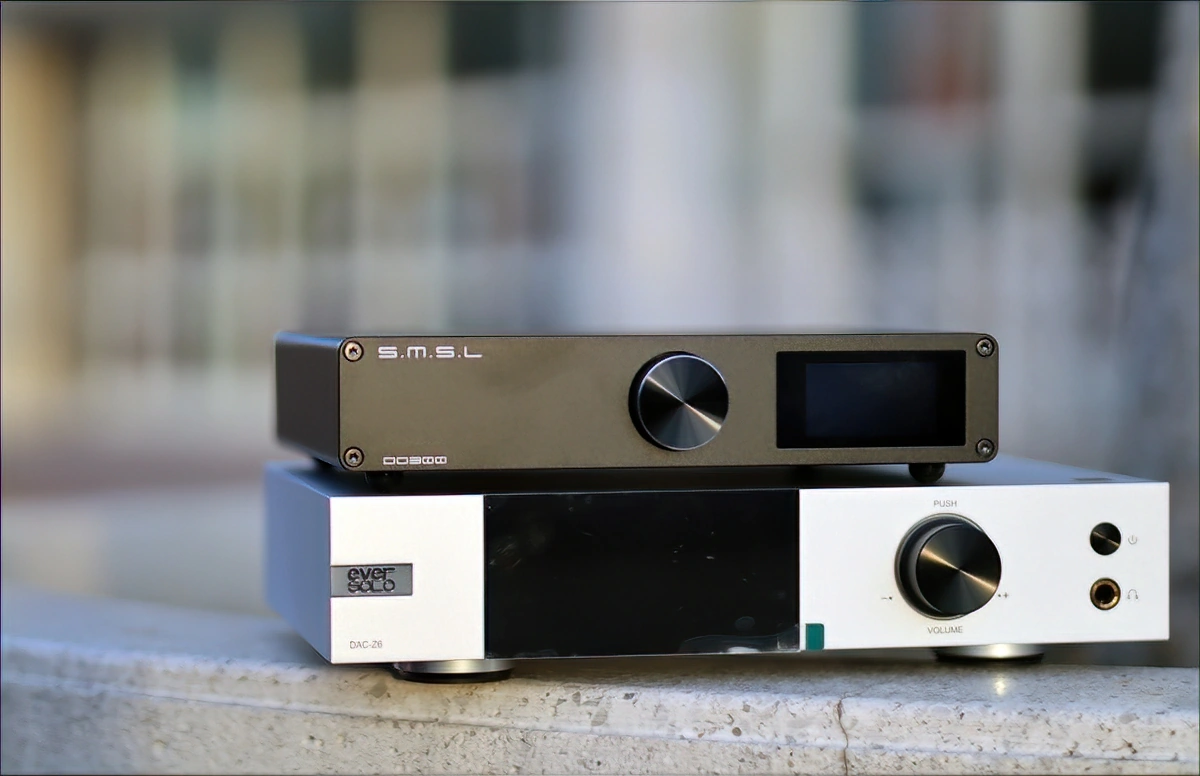
Since SMSL DO300 is designed as a desktop DAC for desktop systems, it makes sense that it has a smoother texture to the edges, as especially bookshelf speakers and even floorstanding speakers have a harder time than headphones producing proper sub bass and proper upper treble without becoming harsh and somewhat grainy in the texture, so DO300 has one major trick, as it smoothes out the texture of the sound the closer you get to either 20 Hz, in the lows, or 20 kHz in the treble. This means that the bass has a very liquid texture, smooth and pleasing, filling presentation in the sub lows, becoming harder and hitting with more impact in the mid bass and the upper bass. While not the most coherent thing, this helps music stay pleasing, and creates the feeling of a large space, making DO300 super capable for all my speakers, including KLH Model Five.
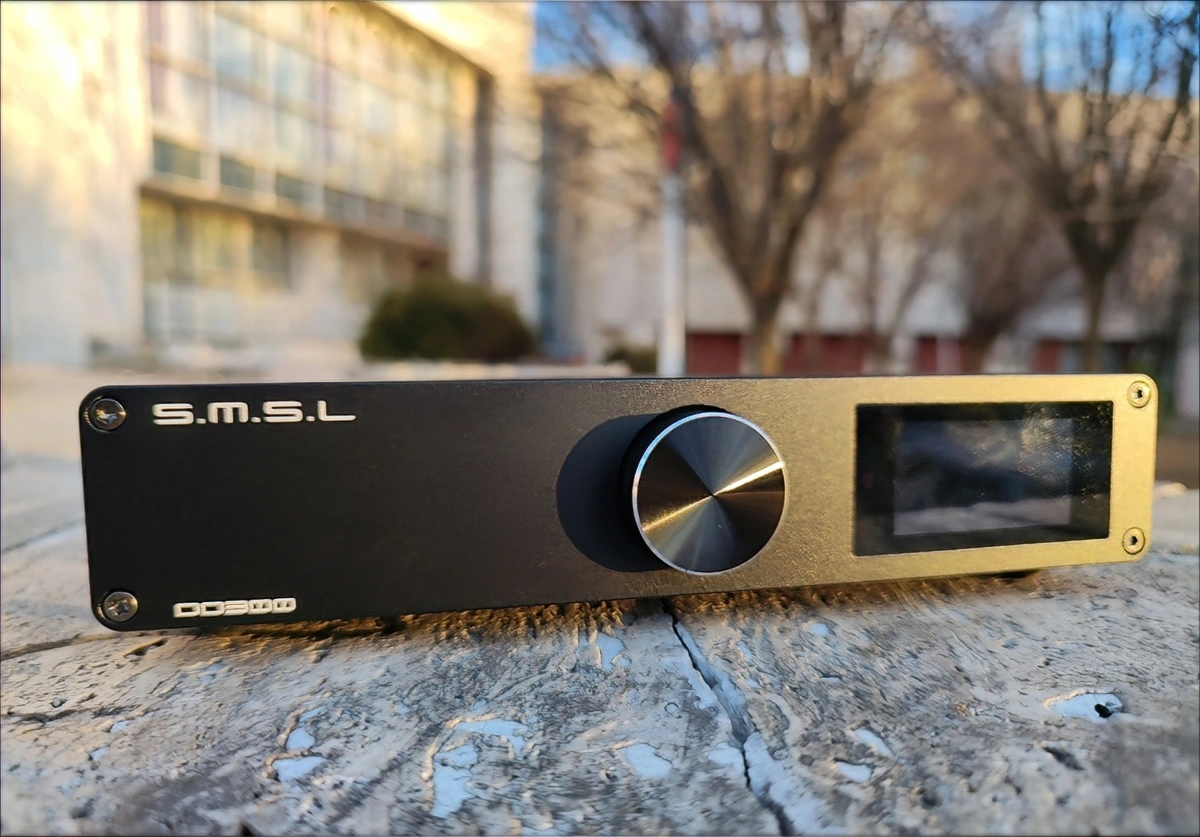
The midrange of DO300 is where most of the magic happens, it has a super clean, detailed and holographic sound, with outstanding natural voices, and a super smooth texture too. Basically, if you want a DAC that will be natural, lean and easy to enjoy, somewhat laid back, but which sings with a super open space in mind, DO300 is the perfect solution. Even better, DO300 is good for instrument separation, and even with complex rock, songs never feel crowded or congested, instead DO300 being able to fully display all the beautiful parts in every song it is playing. I found that Dance Gavin Dance sounds super smooth in the guitars, to the point there are very little textures, but this helps a lot with all live recordings, which can typically be harsh and somewhat aggressive, including Dance Gavin Dance recordings, when played through DO300.
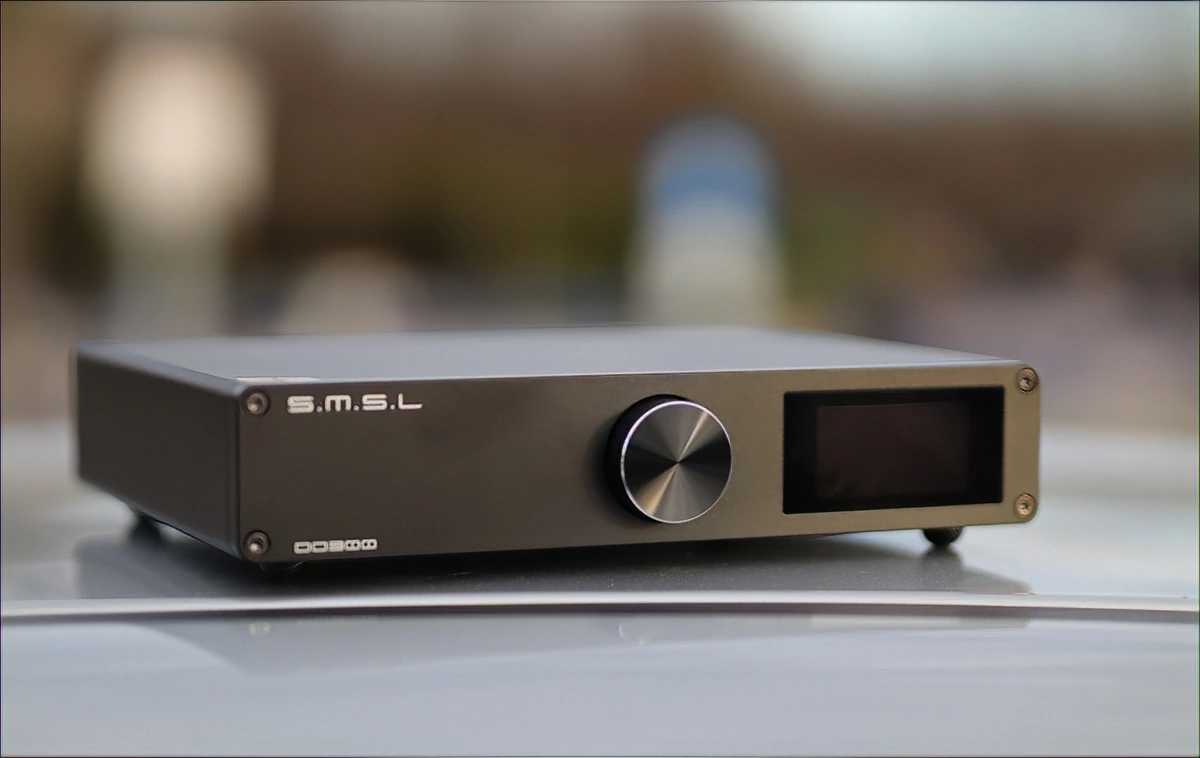
The treble of DO300 is exactly what you’d expect from a high-end DAC released in 2023, it is super well extended, but smooth in texture, with no digital glare, being able to play all the details and small intricacies originally present in the song, all while creating a large space around the singers and in between all instruments. It is interesting, but the signature can be said to be soft, somewhat gentle, and also somewhat mid centric, similar to how DO200 sounds like, but DO300 sounds like the cooler, more mature version of that, having less roll off and more impact, more dynamics, and better coherency.
Comparisons
SMSL DO300 vs HIFIMAN EF400 (549 USD vs 599 USD) – Starting with the obvious, the AMP part is considerably stronger on EF400, as it has a super efficient and high-end headphone amplifier with superb detail, resolution and a clean, natural presentation. The best part here is that EF400 is able to drive both IEMs and full sized headphones with very little noise, but on the DAC output, it has a higher noise floor than DO300, which is quieter, and has a blacker background. EF400 has an R2R DAC which can either sound considerably gentler, and lack dynamics, impact, for the smoothest sound imaginable, or it can get pretty aggressive and punchy, dynamic and vivid, but also somewhat fatiguing compared to DO300, that goes for mixing elements of the two, being smoother overall, but keeping a better dynamic and better detail through and through. I think EF400 is a better choice if you have headphones and want to power them, there are no headphone amplifiers that I can recommend below 500 USD better than EF400, but if you have a desktop system, DO300 is a bit better, cleaner and somewhat more ergonomic, smaller and more practical. Only Do300 supports LDAC Bluetooth out of those two, but EF400 has a type-C usb port which can be more convenient for most users than the old Type-A.
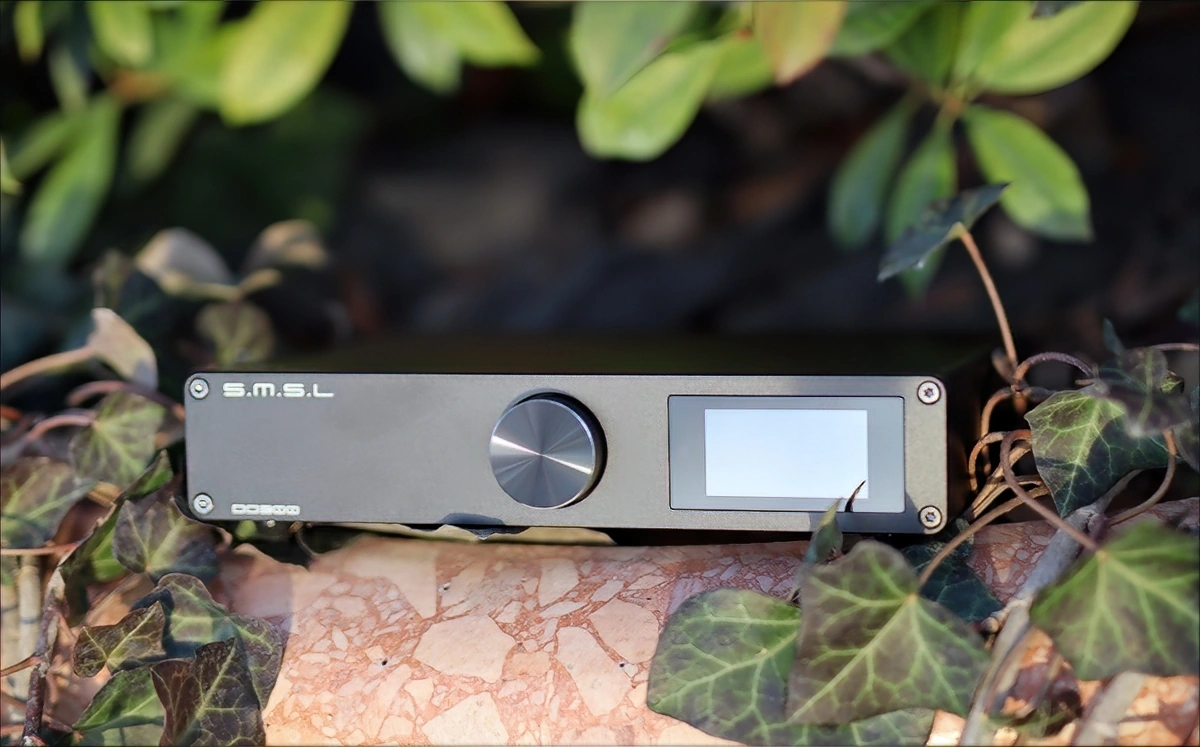
SMSL DO300 vs Keces S3 (549 USD vs 1300 USD) – The obvious part is that Keces S3 is much much larger, heavier and less practical if you plan on having it anywhere on your desk or near a workstation. Since S3 has a headphone output, a lot of its cost goes into that as well, with DO300 having just the DAC part, yet supporting exotic formats a bit better, supporting LDAC Bluetooth. Keces S 3 is an interesting option, which has a harder sound, harder impact in the bass, harder overall texture, and more warmth in the midrange, with a thicker and a more full-bodied sound. The treble is smooth on both, but DO300 is much more practical for desk usage, and it is smaller, consumes less power, all while having a smoother midrange, and a more gentle impact, and a wider, more holographic soundstage.
SMSL DO300 vs Pro-Ject DAC BOX DS (549 USD vs 430 USD) – Although DAC BOX DS is smaller than DO300, it fits worse with my desk and most setups, as most setups actually need a shorter and a wider device like DO300 to fit in well. The connectivity is much better on DO300, which has the bonus of LDAC Bluetooth, MQA Decoding, Hi-Res decoding, DSD decoding, and XLR outputs, none of which are present on Pro-Ject DAC BOX DS. The overall sound is more detailed, more dynamic, more impactful, wider, has better instrument separation, and better overall resolution, as presented by DO300. In fact the difference is so large, that hearing them side by side, it is easy to tell right from the start that DO300 is much closer to what music should sound like, while Pro-Ject DS is a much more simplistic experience.
SMSL DO300 vs SMSL DO200 (549 USD vs 469 USD) – Naturally, you can’t just not compare the two DACs from SMSL. They look the same, behave the same, work with no drivers installed, and both have a super nice design, super nice inputs and outputs, and both have that nice display. The sound is the only thing that is different, and it is quite different, with the bass of DO300 being harder. The sound of DO200 feels less dynamic and more flat, it sounds less detailed and less engaging, while DO300 manages to be more engaging, to hit harder, and to have more extension in both the treble and the bass, without being more fatiguing, and actually keeping the best parts of DO200. Interestingly enough, DO300 also has a much wider soundstage with more space and better instrument separation compared to DO200.
Value and Conclusion
The overall price / performance ratio of SMSL DO300 is fairly good, it is a high-quality DAC with a solid construction, it supports all of the modern file types, including the growing MQA, it has support for LDAC Bluetooth, it is good for Redbook CD files (still the most common file type by a humorously large margin), and it offers it all for a no-hassle shape, and design that will pair well with any other devices you may have in your home, making a super neat DAC to have with any system. In fact, SMSL has matching power amplifiers, like AO200, and other super interesting stuff you should check out if you’re looking for an interesting upgrade of your current setup.
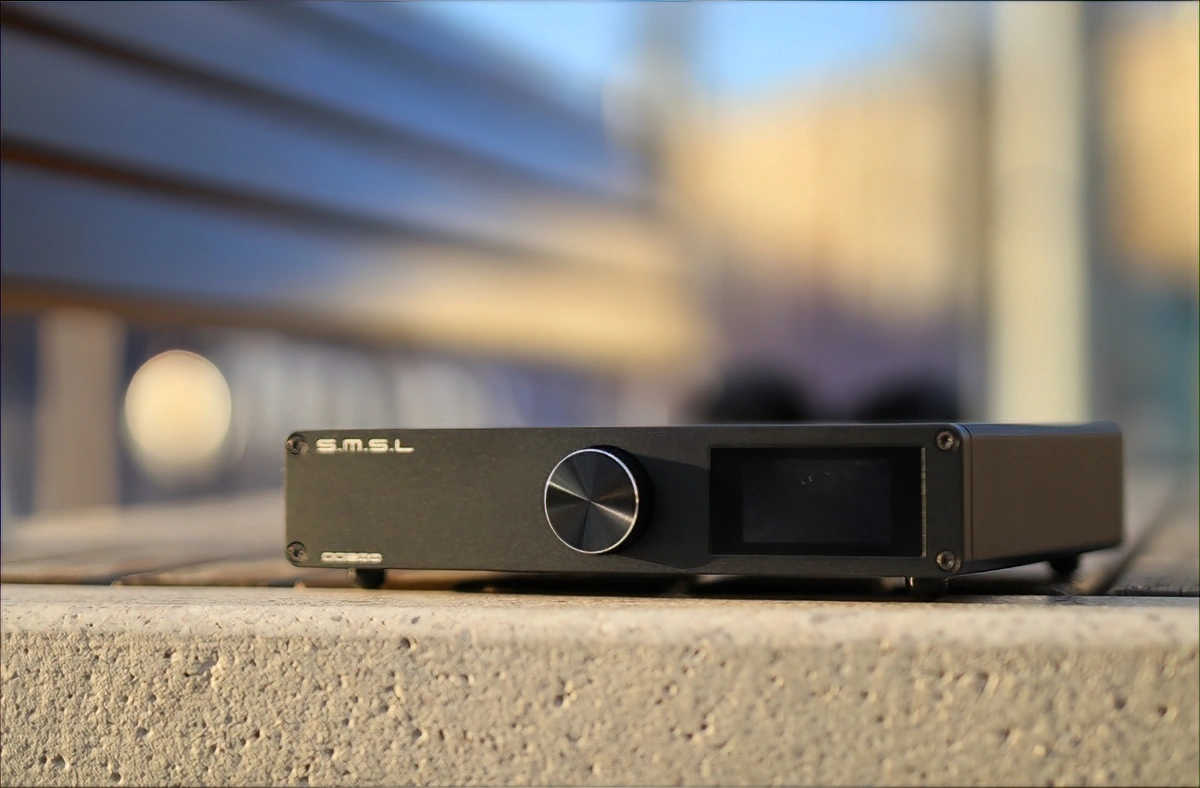
At the end of the day, if you’re looking for a super clean, clear, natural, dynamic and punchy DAC with a good support for all the popular input formats, including driver-less USB, XLR and RCA outputs (which can even work at the same time), and with a super neat IPS display, SMSL DO300 is one of the best I can recommend and a super neat purchase you can make to increase the enjoyment you’re getting from your system.
Product Link
You can grab one from www.amazon.com here: https://amzn.to/3YUpJvW
You can grab one from the official store here: https://aoshida-audio.com/products/smsl-do300
If you’re in the UK, you can grab one from www.amazon.co.uk here: https://amzn.to/3IMSqWi
And if you’re from Europe, you can grab one from www.amazon.de here: https://amzn.to/3knzBj2
--- Please remember to stay safe, and always have fun while listening to music!---
- If you have a dime to spare, please donate, and help us! It would make the day brighter for me and my wife-
Full Playlist used for this review
We listened to more songs than those named in this playlist, but those are excellent for identifying a sonic signature. I recommend trying most of the songs from this playlist, especially if you’re searching for new music! The playlists are different for Spotify, Tidal and Youtube, and based on the songs I enjoy and are available on each!
https://www.youtube.com/playlist?list=PL_cjBXGmwSHSdGcwuc_bKbBDGHL4QvYBu
https://open.spotify.com/playlist/5J3oloz8Riy9LxEGenOjQ0?si=979ba4f082414be7
https://tidal.com/browse/playlist/330fd544-8e5b-4839-bd35-676b2edbb3d5
--- Contact Us ---






[…] In fact, while I review a lot of DACs in general, most of them have the same size and shape as SMSL Do300, which I just wrote about, and all of them are very common in aesthetics. Eversolo actually goes […]
Thanks for the in-depth post!
Awesome, thank you for the excellent review!